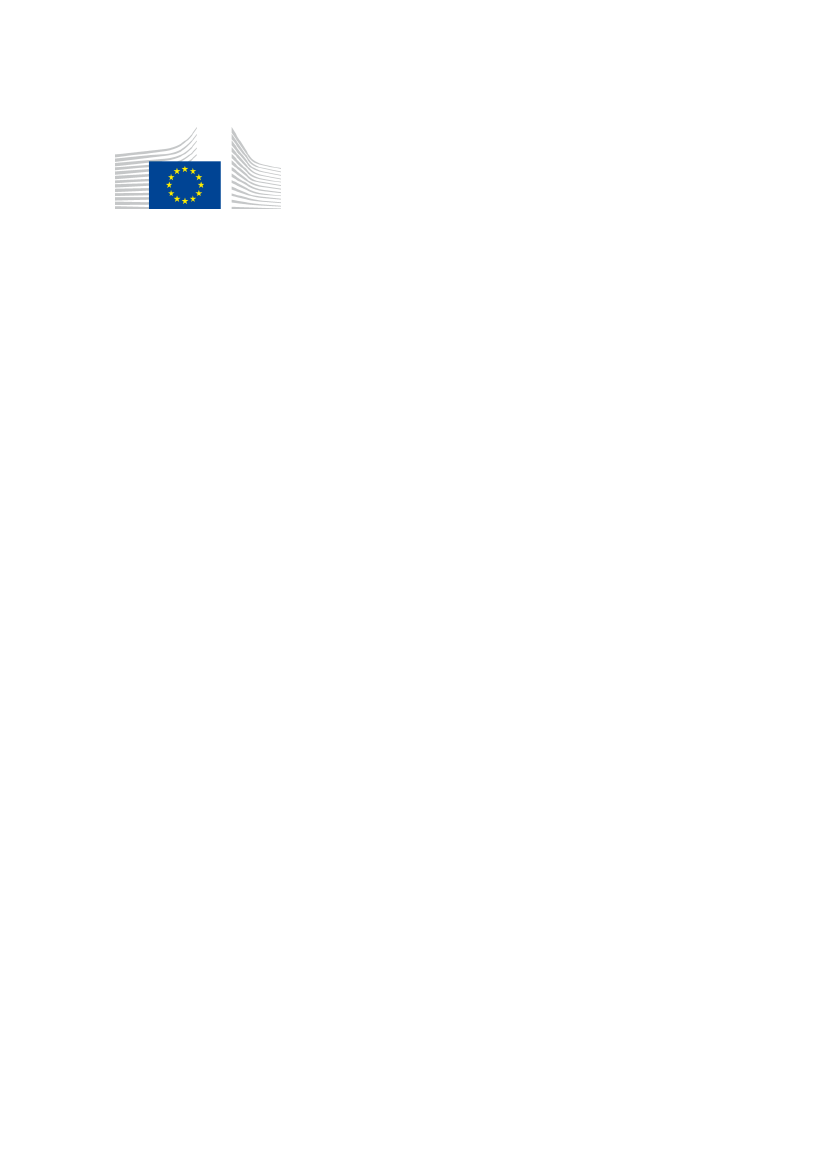
EUROPEAN
COMMISSION
Brussels, 7.7.2025
SWD(2025) 319 final
COMMISSION STAFF WORKING DOCUMENT
2025 Environmental Implementation Review
Country Report - THE NETHERLANDS
Accompanying the document
Communication from the Commission to the European Parliament, the Council, the
European Economic and Social Committee and the Committee of the Regions
2025 Environmental Implementation Review for prosperity and security
{COM(2025) 420 final} - {SWD(2025) 300 final} - {SWD(2025) 301 final} -
{SWD(2025) 302 final} - {SWD(2025) 303 final} - {SWD(2025) 304 final} -
{SWD(2025) 305 final} - {SWD(2025) 306 final} - {SWD(2025) 307 final} -
{SWD(2025) 308 final} - {SWD(2025) 309 final} - {SWD(2025) 310 final} -
{SWD(2025) 311 final} - {SWD(2025) 312 final} - {SWD(2025) 313 final} -
{SWD(2025) 314 final} - {SWD(2025) 315 final} - {SWD(2025) 316 final} -
{SWD(2025) 317 final} - {SWD(2025) 318 final} - {SWD(2025) 320 final} -
{SWD(2025) 321 final} - {SWD(2025) 322 final} - {SWD(2025) 323 final} -
{SWD(2025) 324 final} - {SWD(2025) 325 final} - {SWD(2025) 326 final}
EN
EN